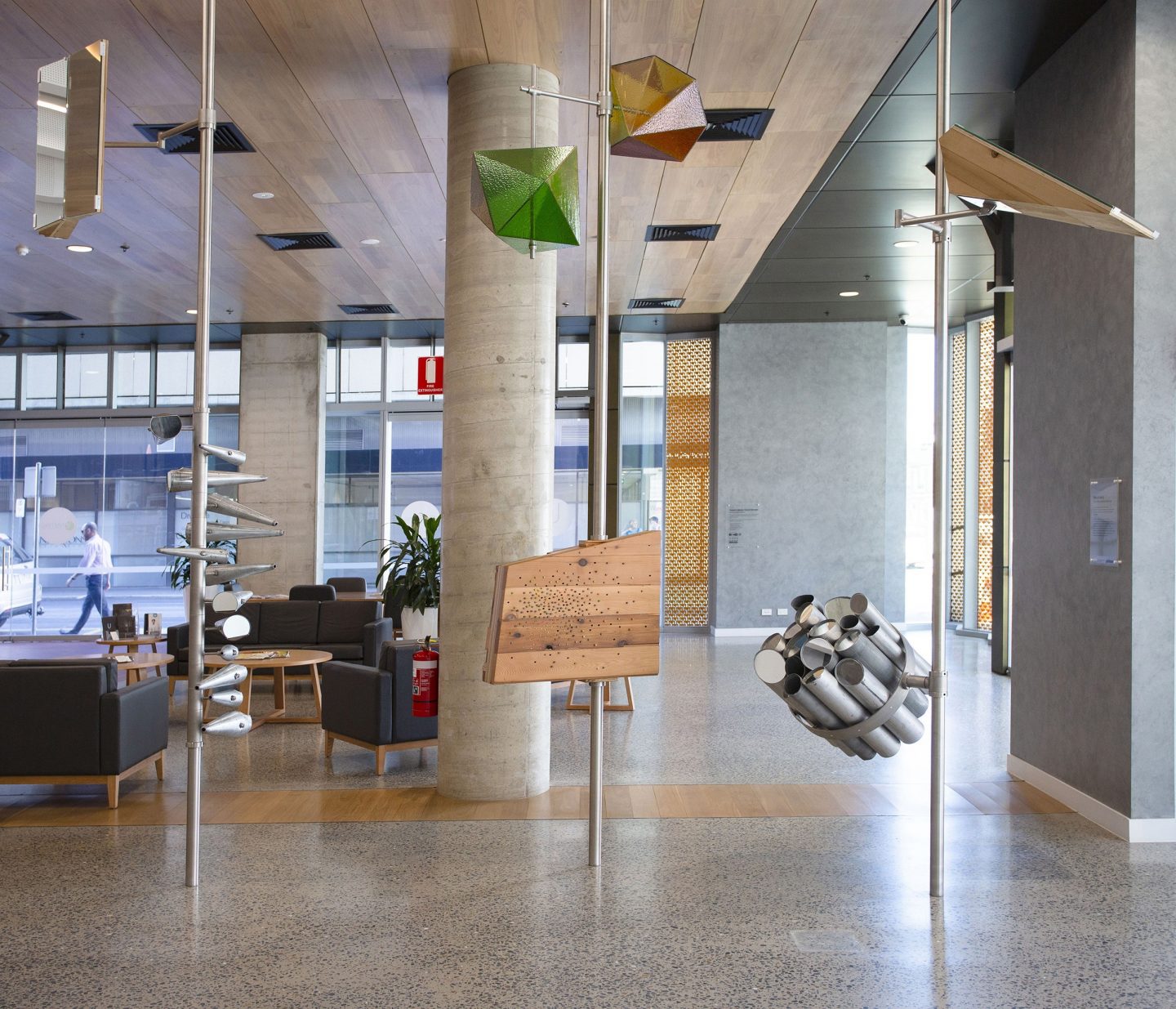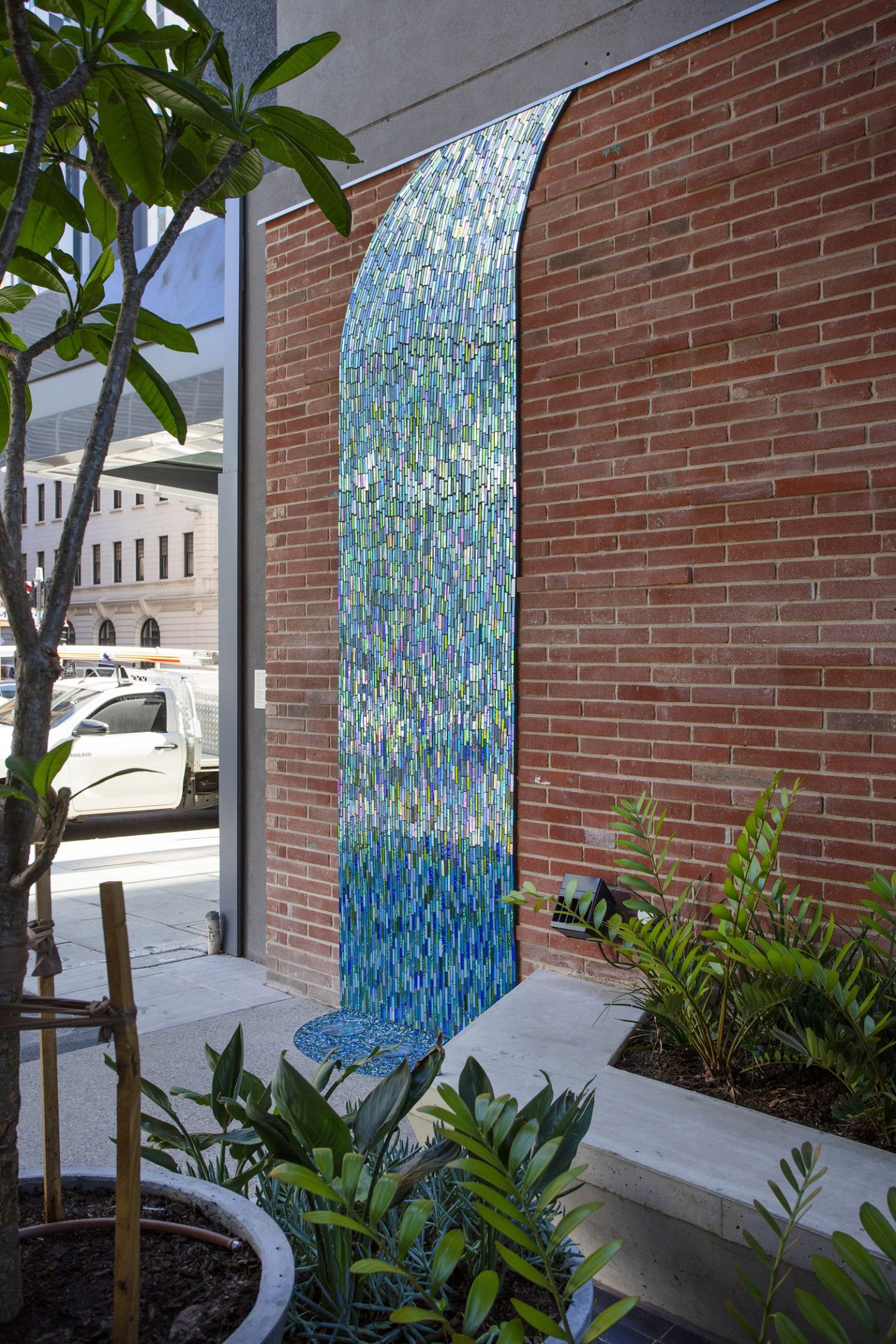In August last year the vision was realised with Uniting Communities
opening U City in Franklin Street in Adelaide’s CBD. The complex includes
retirement living, function centres, accessible serviced apartments, commercial
and retail spaces as well as social services in a vertical 20-storey building.
“U City has been designed and built to foster a
positive and contemporary sense of community in an inner-city environment,”
says Uniting Communities’ chief executive, Simon Schrapel. “By mixing multiple
uses and demographics, U City functions to enrich the lives of those who use
the building – whether they be visitors, residents, workers, customers or just
members of the public coming to engage with what the building has to offer.”
Uniting Communities has occupied the space on
the corner of Franklin Street and Pitt Street for more than 130 years and this
is the latest iteration, replacing the former neo-Gothic Maughan Church. The
church was distinctive for its folded copper plate roof that formed a 24-sided
crown atop a steel-framed octagonal form, and this, along with other historical
aspects of the site, have been incorporated into the new design.
The U City development is recognised as one of
Australia’s greenest buildings, reducing Uniting Communities’ carbon footprint.
It is predicted U City will use 45 per cent less energy and 30 per cent less
water than a comparable new building.
For Schrapel it was important to include art in
the building, particularly work that is interactive and promotes debate.
 CHEB: Christine Cholewa and Deb Jones, Ways of seeing, 2019, commissioned by Uniting Communities with support from Guildhouse
CHEB: Christine Cholewa and Deb Jones, Ways of seeing, 2019, commissioned by Uniting Communities with support from Guildhouse
“As a proud South Australian company, Uniting
Communities wanted to engage local artists to create works which reflected U
City’s vision of inclusiveness and connection as well as the organisation’s
long history of operating from the site in the city’s Market District and
commitment to sustainability,” he explains.
Guildhouse supported Uniting Communities
through the process of identifying opportunities and potential artists,
briefing, developing concepts and liaising with artists. As a result they have
commissioned and acquired artworks by local artists which embrace the values of
U City. The artworks throughout the interior and exterior of the building
explore what was there before (the old Maughan Church) and look towards the
future.
Guildhouse’s chief executive officer, Emma Fey, says: “Uniting Communities came to Guildhouse with a goal to invite South Australian artists to tell their stories of identity, of place, and culture. Together, we wanted to celebrate the past and be curious and open to the future. This project demonstrates the capacity of the private and NFP [not-for-profit] sector to play a lead role in creating vital opportunities for artists and audiences to coalesce. I applaud Uniting Communities for their vision.”
One of the most striking works in the foyer of
the building is Ways of Seeing by CHEB: Christine Cholewa and Deb Jones.
The sculptural piece incorporates reclaimed materials from the former Maughan
Church including glass, timber and organ pipes. The work is interactive and
responds to the building’s inhabitants and surroundings and reflects the
cross-sections of the community.
 Aurelia Carbone, Welcome Waterfall, part of City Sanctuary, 2019, made in collaboration with Violet Cooper, commissioned by Uniting Communities with support from Guildhouse
Aurelia Carbone, Welcome Waterfall, part of City Sanctuary, 2019, made in collaboration with Violet Cooper, commissioned by Uniting Communities with support from Guildhouse
Another feature in the foyer is the U City Lego
Model by Connor’s Bricks: Connor Brennan. The 1:42 replica model of the U City
Building has already impressed the public and the U City community. Brennan, a
Year 8 student, constructed the model in after-school bursts, using bricks and
figurines from all over the world.
U City Sanctuary by Auriela Carbone comprises
three elements designed to enliven Penaluna Place (which connects Franklin and
Grote Streets). One of the works, The Welcome Waterfall, is a sculptural
mosaic piece made of salvaged material from the former Maughan Church. Embedded
in the surface of the laneway is the piece Jewels of the Past, inspired
by the various patterns evident in the old church’s architecture and created
using recycled stained glass salvaged from the site. The third element is the
City sanctuary mural, painted on the wall of the adjacent building.
Other artworks throughout the interior of the
building include Pathway Opener by Haylee Williams, a painting based on
the values and vision of the Uniting Communities, and Nanggi yailparar lakun
(Sun) (Rays) (Weaving) by Auntie Ellen Trevorrow, which comprises 18 woven
artworks and pays homage to the 18 Lakalinyeris (Tribes) of Ngarrindjeri
Nation. Also featured is Here is Love (again) I & II by Josef Hayat
and Bird freed leaf falling near smiley faced cloud, a painting by Joe
Foubister.
Uniting
Communities has been successful in creating a state-of-the-art building which
truly incorporates the entire community regardless of age and abilities. They
have managed to do this while maintaining a design aesthetic, supporting local
artists and complying with green living in this environmental age. The art
component of the development is continuing to grow, with Schrapel committed to
adding pieces to the collection in the future.
Get the latest from The Adelaide Review in your inbox
Get the latest from The Adelaide Review in your inbox